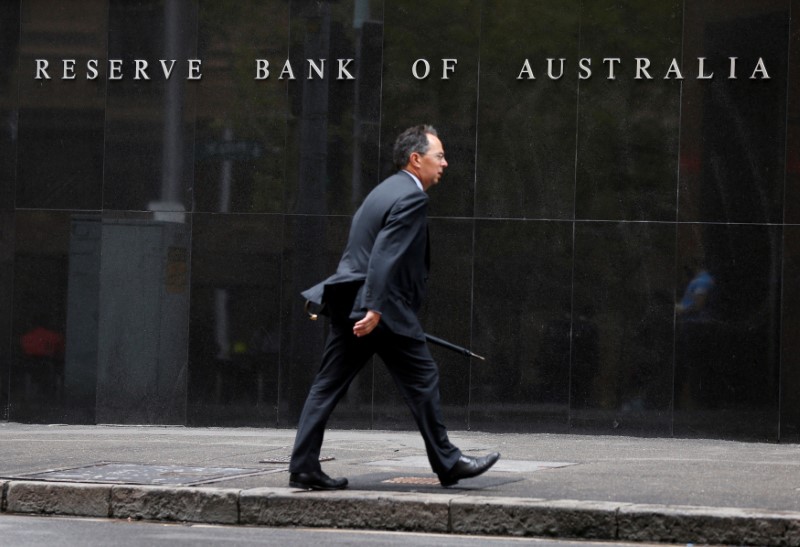By Swati Pandey
SYDNEY, Oct 9 (Reuters) - Business failures in Australia are likely to rise with commercial property seen among the hardest hit sectors as a shift to work-from-home arrangements empties offices and major retail precincts, the central bank said on Friday.
The Reserve Bank of Australia (RBA) said the outlook for commercial property means banks' impairment rates will likely climb from current low levels while some indebted landlords will find it difficult to meet their debt repayments.
Risks appear highest for retail commercial property, the RBA noted, while adding there was still a high degree of uncertainty about the magnitude and timing of business failures in the country.
Australia has been lauded for its success globally to curb the spread of the coronavirus and open its economy earlier-than-expected though with domestic and international borders still shut, activity is expected to remain subdued for some while yet.
Over the first six months of 2020, the Australian economy contracted by over 7% under the weight of strict mobility restrictions to suppress COVID-19.
The unemployment rate has since risen from around 5% pre-COVID to near 7% with economists predicting it would jump to 10% in coming months.
"Secondary-grade offices appear particularly vulnerable to falling demand, as tenants are often enticed by lower rents during downturns to upgrade to better premises," the RBA noted.
At the same time, a high volume of new office buildings are due for completion in Sydney and Melbourne this year.
"While most of these new buildings have pre-committed tenants, it will put further pressure on vacancy rates in second-grade buildings," the RBA said.
Given the deterioration in rental conditions already underway, office and retail property prices could fall sharply, the RBA added.
Investors could substantially re-evaluate risks and pull back demand, which had contributed to strong office price growth over the past decade, particularly in Melbourne and Sydney.
The RBA noted that banks' direct exposures to commercial property as a share of assets was small at just 6%. This is around 2 percentage points lower than before the 2008/09 global financial crisis.
